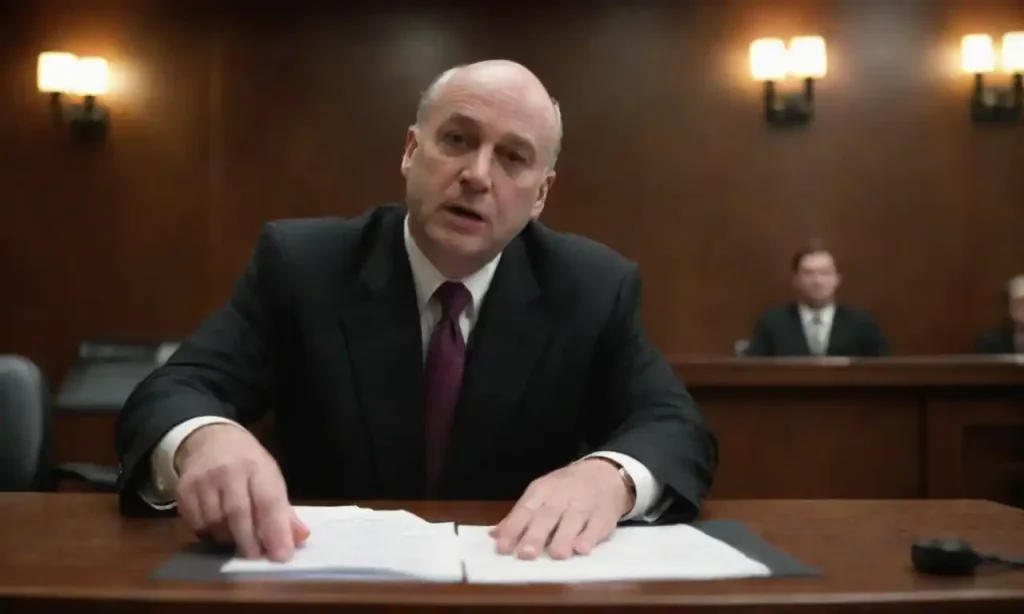Effective Strategies for Reinforcing Key Messages in Trials

In the legal realm, the success of a trial can hinge on how effectively a key message is communicated to judges and juries. The art of persuasion, deeply rooted in both emotional and logical appeals, plays a crucial role in courtroom dynamics. An attorney's ability to resonate with a jury or sway a judge can determine a favorable outcome, making the reinforcement of key messages not only important but essential. Establishing a strong narrative and ensuring that pivotal points are highlighted throughout the proceedings can make all the difference in how evidence and testimony are perceived.
This article delves into the various strategies that legal professionals can employ to reinforce their key messages in trial settings. We will explore the psychological underpinnings of persuasion, the significance of storytelling in legal narratives, and practical methods of emphasizing core themes throughout the trial. By employing these strategies, attorneys can more effectively convey their arguments, bolster their credibility, and ultimately enhance their chances of achieving their desired legal outcomes.
Understanding Psychological Principles of Persuasion
The cornerstone of effectively reinforcing key messages in trials lies in understanding the psychological principles that govern human behavior and decision-making. Cognitive psychology offers insights that can significantly impact how judges and juries interpret information presented during trials. For instance, the principle of *cognitive dissonance* can be utilized to highlight discrepancies between the defendant’s actions and witness testimonies, compelling jurors to reconcile contradictory information.
Furthermore, the concept of *reciprocity* can be harnessed by attorneys establishing a rapport with jurors early on, thereby fostering an environment where jurors feel compelled to return the favor by listening positively to the presented narrative. By understanding these psychological triggers, attorneys can craft their arguments in ways that resonate deeply with the jury, ensuring that their key messages are not only heard but felt.
The Power of Storytelling in Legal Arguments
Storytelling is one of the most powerful techniques in the arsenal of trial attorneys. By framing a case within the context of a compelling narrative, lawyers create an engaging experience that captivates jury members. A well-crafted story can evoke emotions, paint vivid mental images, and humanize complex legal concepts, all of which serve to reinforce key messages.
The structure of a narrative typically includes an introduction, development of the plot, climax, and resolution. Each of these elements can be leveraged to communicate key messages effectively. For instance, introducing a key witness with a personal story not only provides context but also establishes credibility and relatability. Throughout the trial, consistently tying back to the overarching story ensures that jurors remain focused on the essential themes that support the attorney's arguments.
Visual Aids as Reinforcement Tools
In an increasingly multimedia-driven world, the use of visual aids in trials has become a significant strategy for reinforcing key messages. Charts, diagrams, videos, and slideshows can serve as powerful tools for illustrating complex ideas or summarizing crucial evidence. The human brain processes visual information far more quickly than text or spoken words alone, making visuals an ideal companion to oral arguments.
When designed effectively, visual aids can simplify intricate details and draw attention to the pivotal elements of the case that an attorney wants the jury to remember. It's crucial, however, that these aids complement rather than detract from the key messages. Thus, striking a balance between verbal and visual presentation is essential, enabling jurors to connect the dots between the evidence and the overarching themes of the case.
The Importance of Repetition
Repetition is a classic rhetorical strategy that can significantly enhance memory retention among jurors. By reiterating key phrases or themes throughout the trial, attorneys can ensure that these messages are embedded in the jurors' minds as the case progresses. Effective repetition, however, goes beyond mere redundancy; it involves strategically weaving key messages into various sections of arguments—opening statements, witness examinations, and closing arguments.
Utilizing techniques such as summarizing major points at the end of each segment of testimony, and invoking specific keywords consistently throughout the trial can serve to tie disparate pieces of evidence together with a clear narrative thread. By consciously repeating key themes, attorneys aid jurors in recalling those elements during deliberation, thereby reinforcing the intended messages in their final decisions.
Engaging with Jurors Directly: The Role of Eye Contact and Body Language
Non-verbal communication plays an integral role in how messages are delivered and received in a courtroom setting. Effective use of eye contact and body language can substantially reinforce key messages and strengthen the connection between the attorney and the jurors. Establishing eye contact can create a sense of trust and transparency, encouraging jurors to absorb the presented arguments more receptively.
Moreover, an attorney’s body language should reflect confidence and openness. Gestures can help emphasize key points and engage with jurors on an emotional level, fostering a more impactful communication experience. By being attuned to non-verbal signals, attorneys can gauge jurors' reactions and adjust their delivery style accordingly to strengthen their overall message.
Conclusion: The Art of Reinforcement Shaping Legal Outcomes
In the high-stakes environment of a courtroom, the strategies employed to reinforce key messages can greatly influence the outcome of a trial. By utilizing psychological insights, compelling storytelling, effective visual aids, repetition, and positive non-verbal communication, attorneys can craft persuasive arguments that resonate with jurors, ensuring a lasting impact. The art of reinforcement within trials is not merely a matter of presenting facts but crafting persuasive narratives that engage, convince, and ultimately persuade jurors to reach a favorable verdict.
For legal practitioners, honing these skills is an ongoing journey that necessitates both practice and reflection. As the landscape of legal proceedings continues to evolve, staying committed to mastering these reinforcement techniques will be essential for navigating the complexities of the courtroom and achieving success in this critical field.

Leave a Reply